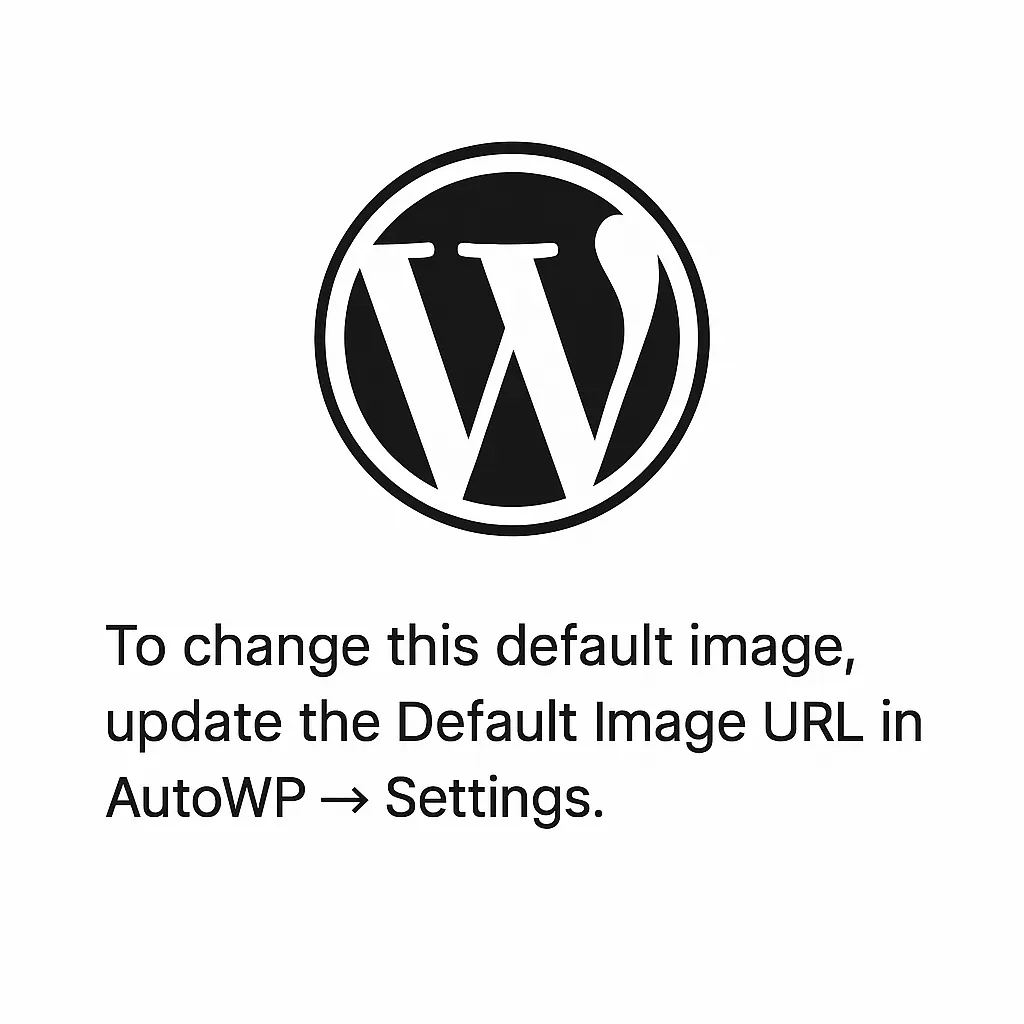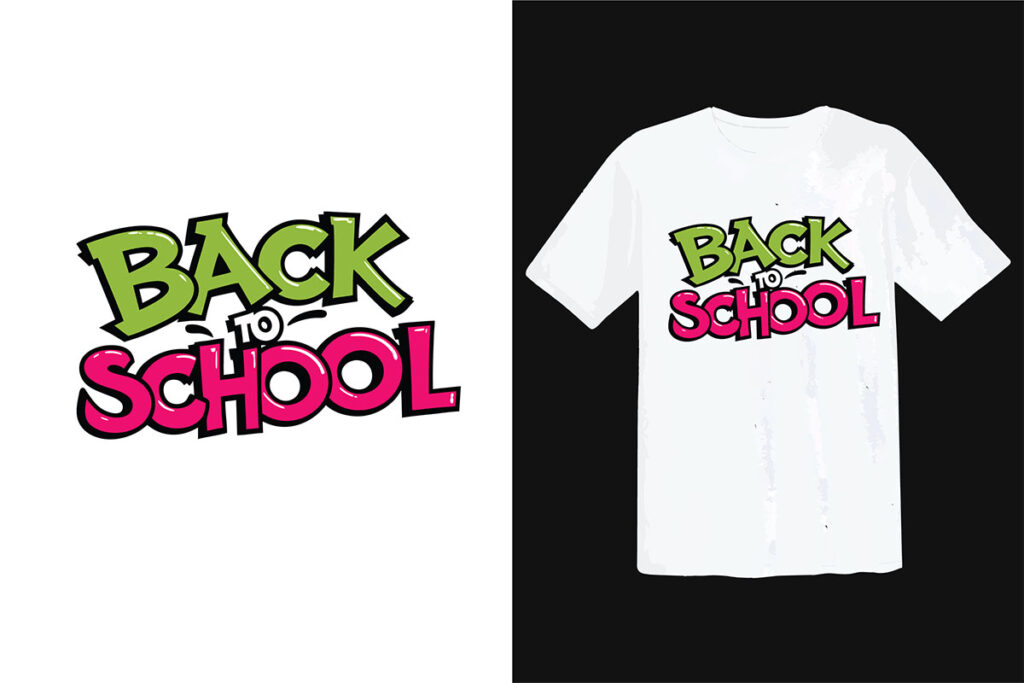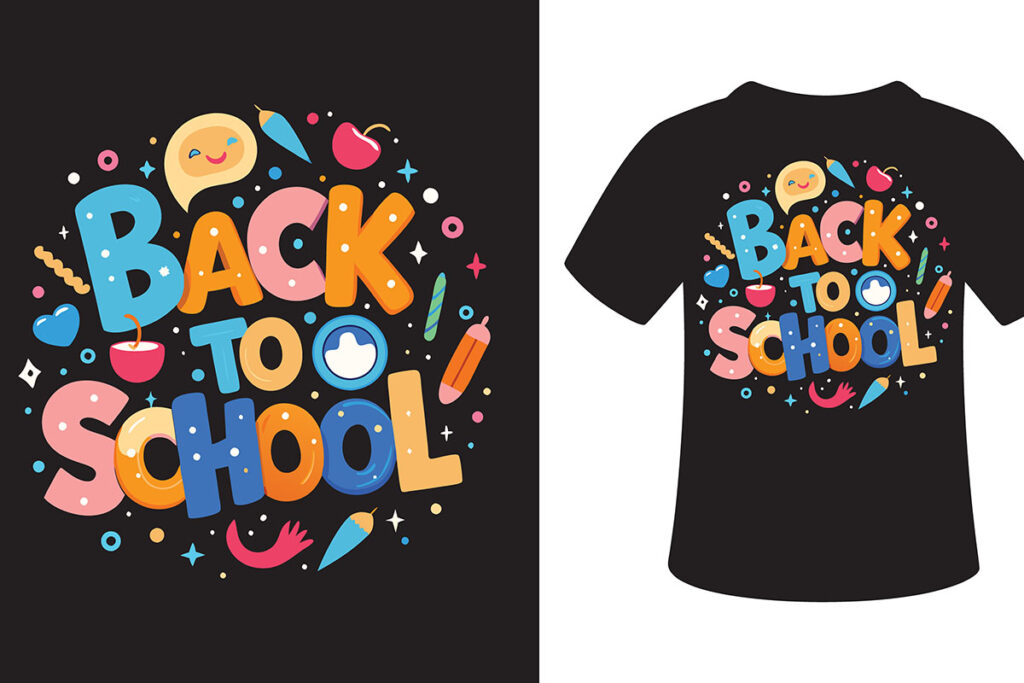DTF gangsheet is transforming how printers maximize production in textile projects, allowing multiple designs on one printable sheet. This DTF gangsheet tutorial highlights practical steps and shows how to create a DTF gangsheet efficiently. You’ll discover the best DTF builder tools to streamline layout, color management, and export steps within the DTF printing workflow. Following DTF design sheet best practices helps ensure clean, repeatable results across batches. Whether you’re new to Direct-to-Film or upgrading a studio, these tips set you up for scalable production and accuracy.
Viewed from another angle, the idea can be described as a multi-design print sheet that groups several graphics into one transfer-ready canvas. Other labels you might use include a consolidated layout, a design compilation, or simply a DTF sheet that streamlines production. These alternative terms align with LSI principles by connecting related concepts like layout grids, color management, and batch testing within the broader DTF printing workflow. By thinking in terms of a design matrix, a transfer-ready canvas, or a grid-based plan, you can focus on efficiency without losing design integrity. This framing supports smoother collaboration, faster iterations, and easier QA as you scale up future collections.
Understanding the DTF gangsheet: concept, benefits, and core workflow
A DTF gangsheet is a single print file that consolidates multiple designs into a cohesive layout, maximizing print bed usage and streamlining production. This concept is central to efficient color management, faster turnaround, and easier quality control across designs gathered for a single run. As highlighted in many resources, the DTF gangsheet enables you to test color relationships and spatial relationships at once, rather than handling each design individually.
Implementing a gangsheet supports scalable production and consistent results, whether you’re printing a small catalog or a broad client batch. The core workflow emphasizes planning assets, defining a grid, and maintaining accurate margins and bleed so that transfer results align with expectations. This approach ties directly into the broader DTF printing workflow, helping teams manage assets and execute repeatable results with less guesswork.
How to create a DTF gangsheet: a practical step-by-step method
If you’re learning how to create a DTF gangsheet, start with asset preparation, color mode consistency, and file organization. Begin by gathering all designs, confirming they’re suitable for scaling, and ensuring color profiles are consistent across assets. This aligns with the idea of following a DTF gangsheet tutorial: a structured path from asset to layout that minimizes last-minute surprises.
Next, plan a grid that matches your printer’s maximum width and length, including margins and bleed. Place designs into their designated cells with snap-to-grid and alignment guides, then tune spacing to preserve readability and balance. This step-by-step approach keeps the workflow aligned with a robust DTF printing workflow, ensuring the gangsheet is production-ready before proceeding to color proofing and export.
Selecting the best DTF builder tools to streamline your gangsheet
Choosing the best DTF builder tools means prioritizing grid-based layout capabilities, easy asset import, and robust color management. Look for features like intuitive grid snapping, support for multiple color profiles (ICC management), and efficient export options that integrate with your RIP and printer pipeline. A strong builder tool acts as the backbone of your gangsheet, helping you create clean, repeatable layouts fast.
Beyond layout features, ensure the tool supports production workflows that scale—from single sheets to large catalogs. Compatibility with industry-standard formats, streamlined asset management, and seamless integration with your heat press are essential. When evaluating options, consider how well the tool aligns with DTF design sheet best practices and your overall DTF design philosophy to maximize efficiency and consistency.
Managing color and achieving consistency within the DTF printing workflow
Color management is the heartbeat of a successful DTF gangsheet. Establish a solid plan that includes monitor calibration, correct application of color profiles to each asset, and proofing steps that verify hue, saturation, and brightness before committing to a full sheet. This focus mirrors the core ideas behind the DTF printing workflow and helps prevent costly color drift during mass production.
Embed ICC profiles correctly, harmonize RIP settings with your design software, and run small proof prints to validate color accuracy. Consistent color across all designs on the gangsheet reduces rework and guarantees that final transfers meet client expectations. Adopting best practices in color management also dovetails with DTF design sheet best practices, ensuring each asset contributes to a coherent, high-quality sheet.
DTF design sheet best practices: layout, margins, bleed, and templates
DTF design sheet best practices start with a clean, repeatable layout. Establish grid sizing, safe margins, and adequate white space around each design to prevent crowding on transfer. Clear bleed definitions ensure edge-to-edge print coverage without white gaps after cutting, making templates an invaluable asset for consistency across multiple gang sheets.
Develop templates that can be reused for new collections, and maintain a consistent naming and folder structure for assets. Templates also support efficient color planning and easier iteration on future designs. Following these best practices helps you build a scalable DTF design process that aligns with how-to guides and the broader principles outlined in the DTF gangsheet tutorial.
From test print to production: iteration, troubleshooting, and optimization for gangsheet success
A production-ready gangsheet begins with a focused print test. Inspect registration, color accuracy, and bleed visibility, then compare results to a proof. This iterative testing aligns with the intent of the DTF printing workflow: identify and fix issues early to prevent waste and delays in bulk production.
When issues arise—color drift, misalignment, or edge flaws—document the findings and adjust your assets, grid, or color settings accordingly. Version control and continuous improvement are key: each iteration should improve speed and reliability. By following a structured approach to test, tweak, and retest, you’ll optimize your gangsheet process and steadily raise production quality, echoing the practical guidance found in resources like the DTF gangsheet tutorial and related best-practice literature.
Frequently Asked Questions
What is a DTF gangsheet and why is it important in the DTF printing workflow?
A DTF gangsheet is a single print file that places multiple designs in a grid within the printable area. It boosts production efficiency by letting you test color matching, spacing, and overall composition across designs in one pass, aligning with a streamlined DTF printing workflow.
How to create a DTF gangsheet: what steps should you follow?
Step 1–define assets: gather all designs, ensure correct color mode and resolution, and organize files. Step 2–create a grid layout that fits your printer width and length with margins and bleed. Step 3–place each design into its grid cell with precise alignment using snap-to-grid and alignment guides in your DTF builder tools.
What are the best DTF builder tools for designing a gangsheet?
Look for tools with a grid-based layout, strong color management and ICC profile support, easy asset import, and robust export options that work with your RIP and heat press. The best DTF builder tools enable quick iteration, accurate alignment, and production-ready exports.
What is the DTF printing workflow for gangsheet color management and proofing?
Follow a color management plan: calibrate your monitor, ensure embedded color profiles, and run a small proof print to verify hue, saturation, and brightness before committing to a full gangsheet. Make sure RIP settings are harmonized with your design software.
What are DTF design sheet best practices for margins and bleeds on a gangsheet?
Bleed margins ensure edge-to-edge designs transfer cleanly, and safe zones protect important elements from cutting. Use a consistent grid and spacing to maintain a balanced composition, following DTF design sheet best practices to reduce surprises in production.
How should you export, test, and iterate on your DTF gangsheet to ensure production-ready results?
Export the gangsheet in printer-friendly formats such as TIFF or high-quality PNG, preserving color profiles and the grid layout. Print a test sheet to check alignment and color, then adjust the template and repeat. Document decisions for version control to streamline future iterations.
| Topic Area | Key Points | Practical Tips |
|---|---|---|
| What is a DTF gangsheet? | A single print file that includes multiple designs arranged in a grid within the printable area. You print all designs together, then cut and transfer. This approach improves efficiency, supports color management, and makes production more scalable. | Plan the layout around your printer’s max width/length; keep designs within safe margins; use grid templates and consistent alignment. |
| Why it matters | Benefits include faster production, reduced material waste, better color testing across multiple designs, and a scalable workflow suitable for small batches or large catalogs. | Adopt a grid-based approach; verify spacing and alignment; reuse templates for future projects. |
| Step-by-step approach | A systematic process helps manage assets, align designs, and maintain color accuracy; it also makes troubleshooting easier before production. | Follow a reliable sequence; build templates; practice version control to improve consistency over time. |
| Choosing builder tools | A capable DTF builder offers: grid-based layout, easy asset import, color management (ICC profiles), and export options compatible with your printer pipeline; integration with RIP is beneficial. | Look for intuitive grid/snapping, multi-profile ICC support, industry-standard export formats, and RIP/printer/heat-press workflow compatibility. |
| Step-by-step workflow (overview) | A high-level outline of steps 1–10 to build your gangsheet efficiently. | Use a documented sequence and templates; maintain asset libraries and version control for scalability. |
| Step 1: Define assets | Gather all artwork; confirm color mode, resolution, and file formats; ensure consistent color profiles and organized naming. | Use high-resolution vectors/raster assets; keep color spaces consistent (e.g., sRGB or CMYK); name and organize files. |
| Step 2: Create grid layout | Plan layout around printer max width/length, including margins and bleed; create a grid with evenly spaced blocks. | Determine number of designs per sheet; set safe margins; keep consistent spacing; reuse templates. |
| Step 3: Place designs with precision | Position each design in its grid cell with alignment along both axes; use snap-to-grid and alignment guides; maintain white space. | Keep a uniform top margin across rows; avoid crowding and ensure even spacing. |
| Step 4: Color management and proofing | Calibrate monitor, apply correct color profiles to assets, and run a small proof print to confirm hue, saturation, and brightness; embed ICCs and harmonize RIP settings. | Use ICC profiles consistently; verify proofs against production settings. |
| Step 5: Bleed, margins, and safe zones | Bleed ensures designs reach edges; define bleeding margins and safe zones to protect important elements from cropping. | Apply bleed margins and document safe zones to prevent surprises in cutting. |
| Step 6: Export settings and file prep | Export the gangsheet in printer/RIP-friendly formats (e.g., TIFF or high-quality PNG with layers flattened if needed); preserve color profiles and layout. | If supported, generate a color-separated version or layer stack for color checking. |
| Step 7: Print test, inspect, and adjust | Print a small test sheet to verify alignment, color, and layout; compare to proof and look for issues at scale. | Use findings to refine the gangsheet template before batch production. |
| Step 8: Troubleshooting common issues | Common problems include color drift, misalignment, bleed edge flaws, and asset mismatches. | Recheck ICC profiles, monitor calibration, grid alignment, and export settings; rename assets clearly for future projects. |
| Step 9: Documentation and version control | Keep notes on designs, colors, grid choices, and export settings; use version control to track changes; it aids scaling and team collaboration. | Document decisions and maintain a reusable template library. |
| Step 10: Iteration and optimization | Treat the first gangsheet as a learning opportunity; review results, gather feedback, and refine templates for speed and consistency. | Continue refining grid, margins, and color strategy to improve throughput. |
Summary
DTF gangsheet is a powerful concept in textile printing that enables multiple designs to be printed on a single sheet, boosting efficiency, color consistency, and production scalability. By following a structured workflow and using reliable builder tools, printers can manage assets, maintain color accuracy, and reduce waste. A well-planned gangsheet uses a clear grid, proper color management, and thorough testing to ensure consistent results across designs and production runs. Embracing a step-by-step approach, documenting the process, and iterating on templates will help you scale your DTF printing workflow with confidence and quality.



